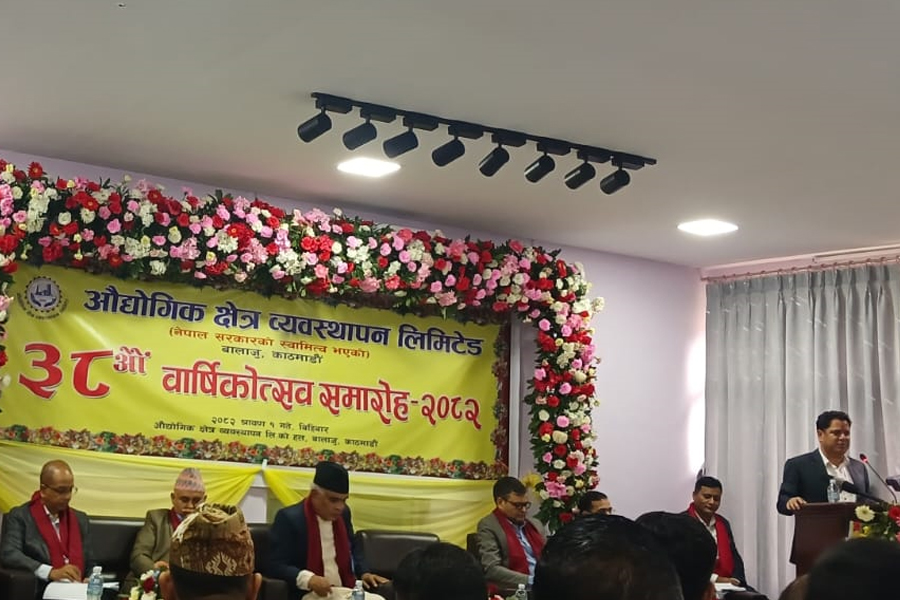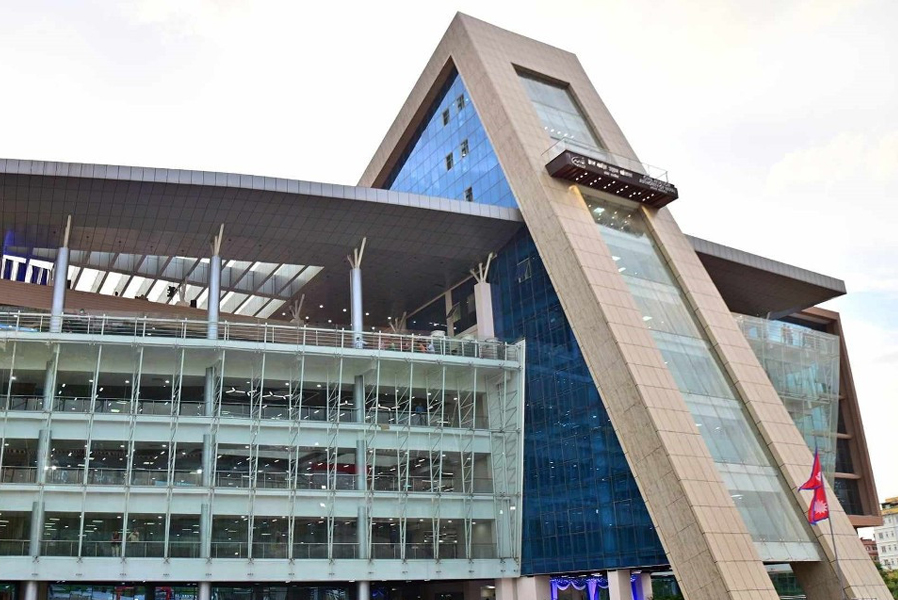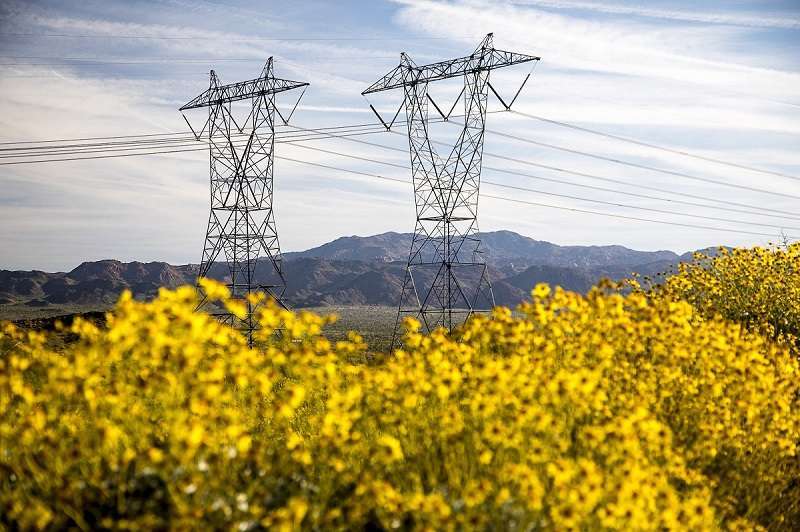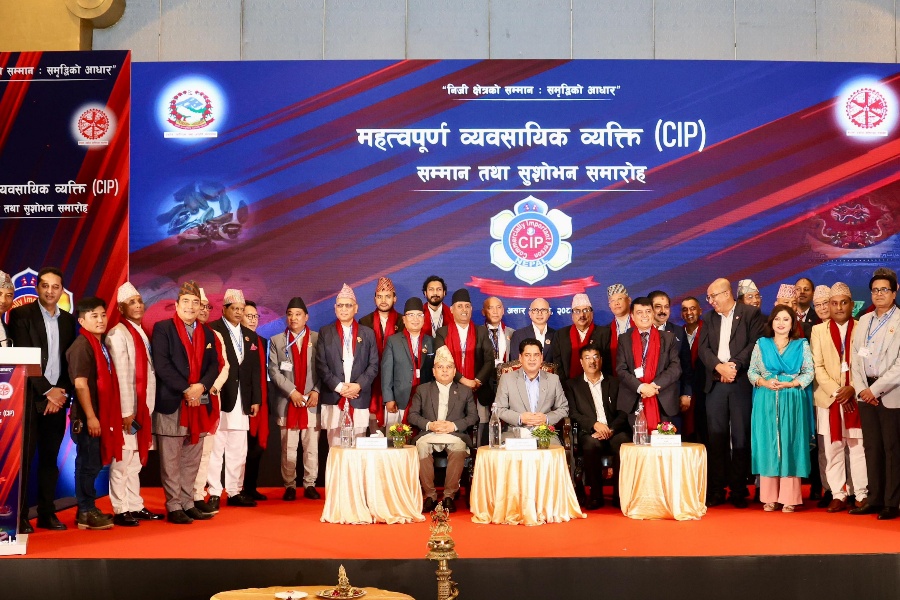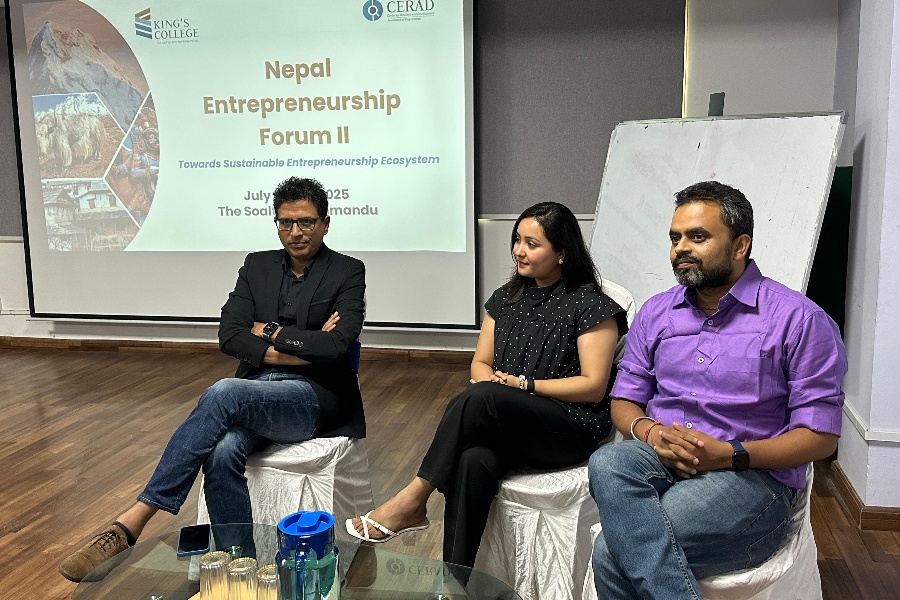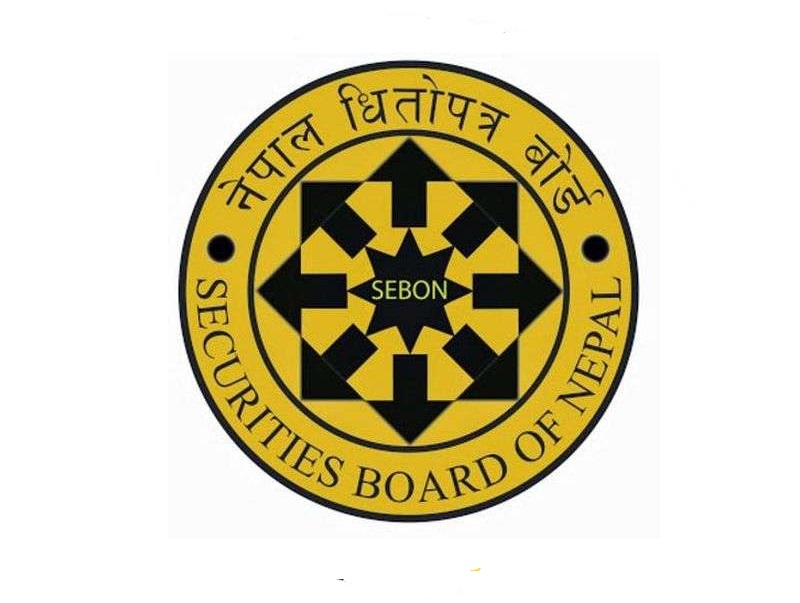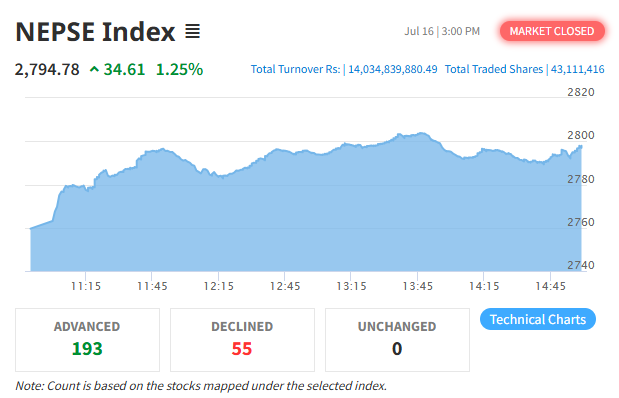More than a decade after Nepal first announced the expansion of new industrial zones and five years since the laying of the foundation stone, not a single project has achieved completion. Despite the initial enthusiasm and ceremonial foundation stone-laying led by then-Prime Minister KP Sharma Oli and cabinet members in early 2021, progress has stalled due to persistent delays in funding, site clearance, and basic infrastructure development.
In March 2015, the government pledged to establish new industrial zones across all seven provinces. By 2021, the laying the foundation stones for these zones had been symbolically initiated. However, Industrial District Management Limited (IDML), the government entity tasked with overseeing the projects, has failed to operationalize any of them within the planned five-year window.
Industry, Commerce, and Supplies Minister Damodar Bhandari acknowledged the lack of progress during IDML’s 38th anniversary event. He noted that each industrial zone requires a minimum investment of Rs 10 billion and admitted that while land ownership had been transferred to IDML, none of the proposed zones have been completed over the past ten years. He stressed the need to shift zones facing unresolved issues to more feasible locations to expedite development.
Among the major projects, the Damak Industrial Zone, spread over 2,100 bighas, is under the purview of the Investment Board Nepal (IBN), which has approved Rs 64 billion in foreign direct investment for the China-Nepal Friendship Industrial Park in Damak. However, other zones face various administrative and environmental hurdles. For instance, the Mayurdhap Industrial Area (199 bighas) has yet to secure environmental impact assessment (EIA) approval. In Motipur, where the project spans 946 bighas, land disputes remain unresolved despite the approval of the detailed project report (DPR).
The Naubasta Industrial Zone in Banke (338 bighas) has made the most headway, with EIA and DPR approvals, land acquisition completed, and a project office already established. Similar progress has been reported in Daiji in Sudurpashchim Province (354 bighas) and Shaktikhor (1,741 bighas), although the latter is still awaiting forest clearance. In contrast, the Laxmipur Industrial Area (549 bighas) remains in the pre-feasibility stage. Many of these projects are still entangled in coordination issues with forest authorities and the lengthy procedural requirements of EIAs and PDAs.
Minister Bhandari also announced plans to redevelop Kathmandu Valley’s Balaju Industrial Area into an ICT hub as part of efforts to decentralize traditional industries. He urged increased private sector participation in both industrial zones and Special Economic Zones (SEZs), emphasizing that the state’s role should be to provide basic infrastructure; roads, water, electricity, and sewage, before inviting investment.
Bhandari was critical of IDML’s performance, accusing it of focusing more on ceremonial appearances than on actual progress. He called for urgent inter-agency collaboration, proposing that a concrete action plan be developed within a week to move the projects forward.
Read: Government Lags Behind in Establishing New Industrial Estates
Industry Secretary Krishna Bahadur Raut echoed these concerns, stating that the overall condition of both existing and proposed zones was unsatisfactory. He pointed to ongoing issues such as forest encroachment, unregulated settlements, and buffer zone conflicts, and stated that IDML lacks the capital to independently execute such projects. Instead, the government is now considering a public-private partnership (PPP) model and is in discussions with industry associations to facilitate this transition. Raut also revealed complaints that some businesses obtain licenses in industrial zones only to hold or trade them, prompting him to call for investigations.
Representatives from the private sector expressed willingness to collaborate. Birendra Raj Pandey, President of the Confederation of Nepalese Industries (CNI), emphasized the need for a stronger industrial base and said the CNI plans to submit proposals to the Investment Board for establishing new zones. He welcomed the government's recent policy shift toward industrial promotion.
Padam Oli, General Manager of IDML, admitted that construction has not begun on the newly announced zones and that even the ten currently operational zones are running with difficulty. However, he pledged to modernize these facilities and implement digital systems to improve service delivery. Ejaz Alam, President of the Nepal Industrial Zone Industries Association, called on IDML to treat all investors fairly and to resolve pending rental disputes before cutting off essential services.

